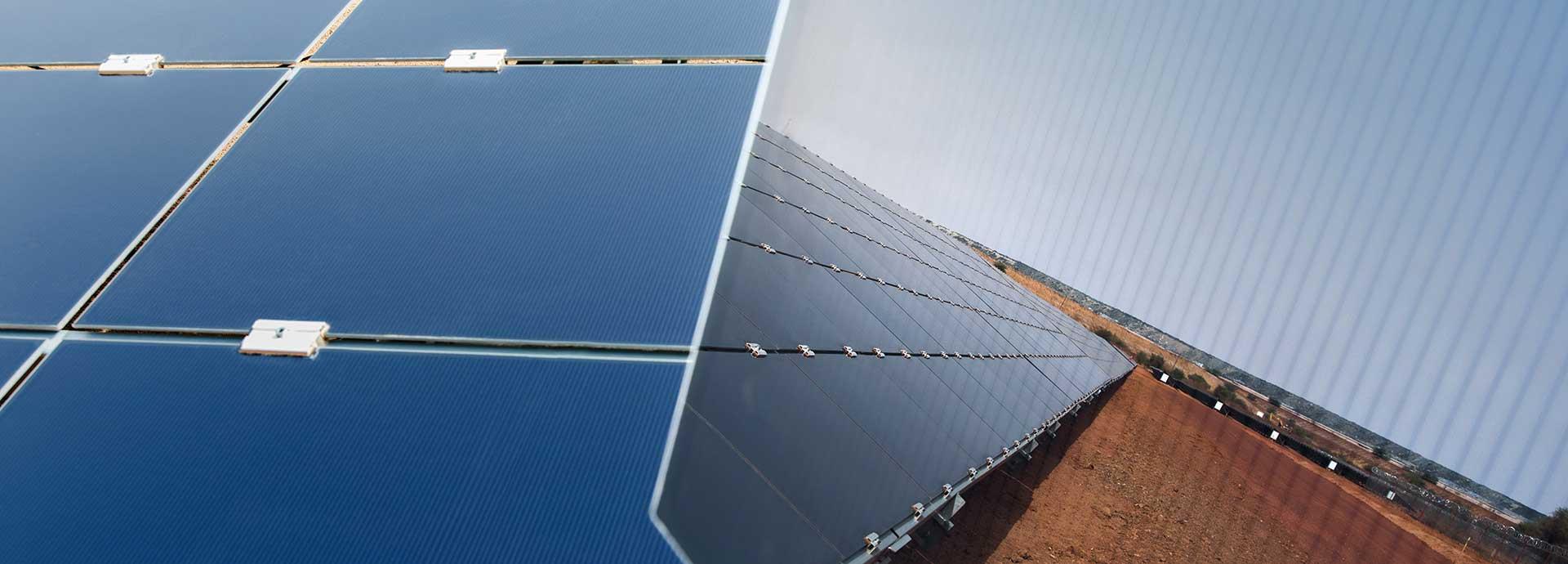

Development banks play a critical role in financing sustainable energy projects. This is not nearly as simple as it sounds.
The European Investment Bank (EIB) recently announced that it will stop financing fossil fuel energy projects after 2021. This was heralded as great news by climate activists around the world, yet the challenge is to implement this policy without causing unintended damage to the economy and the environment.
“The intention is good, and it aligns with Wärtsilä’s vision of a 100% renewable energy future,” says Tuomas Haapakoski, Director, Financial Services at Wärtsilä. “Yet I am concerned about the implications of this policy to different power systems when it is implemented on individual projects. The EIB decision, similar to the EU Taxonomy for sustainable finance for example, tries to send a strong signal and provides simple rules about what is ‘green’ or ‘not green’, but the real world doesn’t work like that. Projects do not happen in isolation but always in a context of a unique power system.”
Other multilateral development banks are also changing their approach to sustainable finance. The World Bank has set a goal for 28% of their financing to go towards initiatives that have environmental benefits, while the African Development Bank has a goal of 40%. Instead of blanket prohibitions on different types of projects, these institutions classify projects by their intent to adapt to climate change or to mitigate it.
To add to it, different countries have different needs and goals for their energy systems. While Europe and North America seek to replace old plants with newer, cleaner ones, developing nations are still adding capacity to meet growing baseload demand. When Egypt decided it wanted an additional power plant, it turned to China to build a coal-fired one.
“If a European development bank won’t fund a cleaner gas plant because it uses a fossil fuel, a developing country depending on foreign funding to implement a project might instead build a coal plant with funding from Asia,” Haapakoski explains.
Too much of a good thing
There is another potential unintended consequence if development banks only finance renewable energy projects: a misalignment of supply and demand.
The island of Moloka‘i in Hawaii invested heavily in solar energy, so much so that the island produced more energy than its residents could use. The problem is simple: renewables produce energy when the sun shines or the wind blows, but energy is used when people need it.
Moloka‘i had to continually juggle different-sized generators to balance what was being produced from solar sources while at the same time keeping enough “spinning reserve” to handle changes in supply or demand. The problem became so bad that in 2015, the island refused to accept any more solar energy.
“This has happened in other places, too, such as California and Australia,” explains Andrew Tang, Vice President, Energy Storage & Optimisation at Wärtsilä Energy Business. “When the percentage of renewables exceeded 20%, they had power stability issues on their grids. They had to stop buying renewable energy.”
So far, most of these problems with excess energy have occurred in smaller, relatively isolated grids. Yet this problem could occur anywhere if renewable energy sources are added indiscriminately without modernisation. An increasing share of renewables also needs improved storage, transmission, and flexible generation capacity.
Flexible generation is key
One potential solution is to store that excess energy and access it later when it is needed. Power-to-X is a process to store excess energy in a new form, such as methane or other synthetic gases, but this technology is not ready for widespread commercialisation. Batteries are another option.
“I am very pro-battery,” Tang continues. Batteries can solve many of these issues but they are only part of the solution together with flexible thermal power generation.”
Italy might have a better plan. It has an ambitious goal to triple solar energy and double wind energy production. Italy used power system modelling to determine how the country’s grid could handle such an increase in intermittent power. Modelling finds the optimal mix to reduce costs and emissions, while still providing affordable and reliable power.
A key takeaway from the modelling process was that Italy needed increased flexibility: generators that could quickly start up or shut down as needed. Traditional power plants aren’t able to do this, but new, flexible gas-fired plants can. By increasing flexible-generation capacity, Italy can safely add more renewables to its system. The result could save the country EUR 400 million annually while simultaneously reducing emissions.
In fact, the EIB also recognises the need and benefits of increased flexibility and the role of natural gas generation to complement renewables. Another advantage of a gas engine is that it can use biogas or synthetic gas as these sources become available, thus becoming truly carbon neutral. The EIB concluded that in Europe such necessary investments can be financed from other sources. However, this logic may not apply to developing countries which often rely on development bank funding for energy infrastructure investments.
“We need to analyse alternatives at the project and system level and build realistic scenarios that can lower emissions and meet the needs of the people,” Haapakoski says. “We need to finance the right kind of projects which enable us to keep moving towards a 100% renewable energy future.”